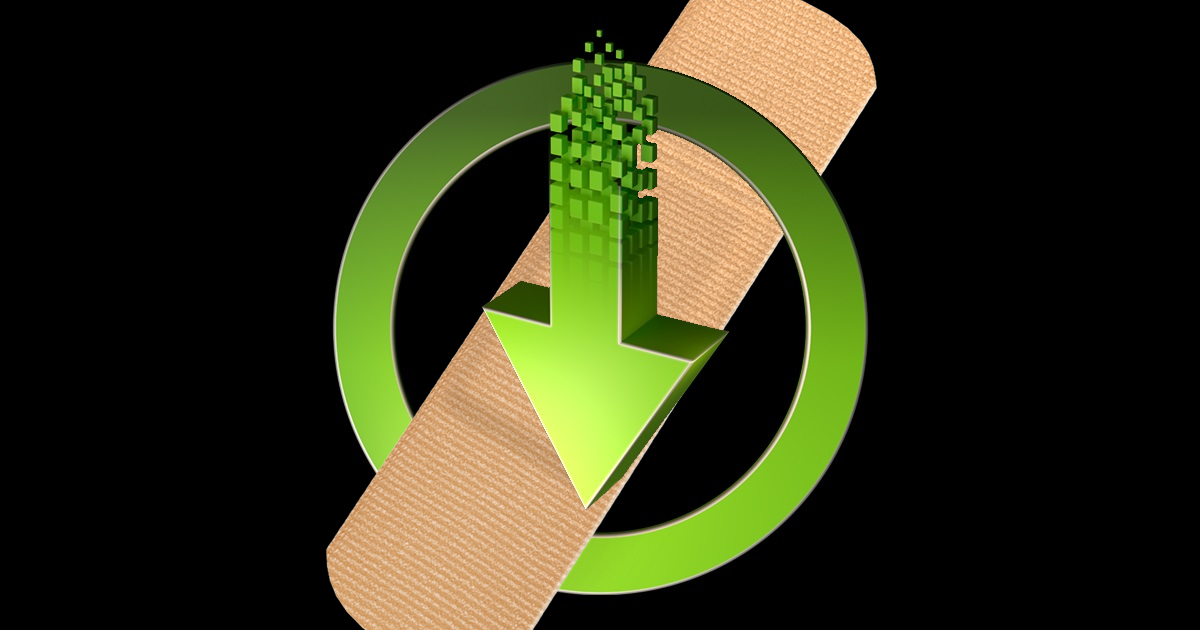The answer is frametime variances.
“Frametime” denotes how long a single frame takes to render. “Framerate” is the totaled average of each frame’s render time within a one second period.
At 144Hz, a single frame takes 6.9ms to display (the number of which depends on the max refresh rate of the display, see
here), so if the framerate is 144 per second, then the average frametime of 144 FPS is 6.9ms per frame.
In reality, however, frametime from frame to frame varies, so just because an average framerate of 144 per second has an average frametime of 6.9ms per frame, doesn’t mean all 144 of those frames in each second amount to an exact 6.9ms per; one frame could render in 10ms, the next could render in 6ms, but at the end of each second, enough will hit the 6.9ms render target to average 144 FPS per.
So what happens when just one of those 144 frames renders in, say, 6.8ms (146 FPS average) instead of 6.9ms (144 FPS average) at 144Hz? The affected frame becomes ready too early, and begins to scan itself into the current “scanout” cycle (the process that physically draws each frame, pixel by pixel, left to right, top to bottom on-screen) before the previous frame has a chance to fully display (a.k.a. tearing).
G-SYNC + V-SYNC “Off” allows these instances to occur, even within the G-SYNC range, whereas G-SYNC + V-SYNC “On” (what I call “frametime compensation” in this article) allows the module (with average framerates
within the G-SYNC range) to time delivery of the affected frames to the start of the next scanout cycle, which lets the previous frame finish in the existing cycle, and thus prevents tearing in all instances.
And since G-SYNC + V-SYNC “On” only holds onto the affected frames for whatever time it takes the previous frame to complete its display, virtually no input lag is added; the only input lag advantage G-SYNC + V-SYNC “Off” has over G-SYNC + V-SYNC “On” is literally the tearing seen, nothing more.
For further explanations on this subject see part 1 “
Control Panel,” part 4 “
Range,” and part 6 “
G-SYNC vs. V-SYNC OFF w/FPS Limit” of this article, or read the excerpts below…
In part 1 “
Control Panel“:
In part 4 “
Range“:

